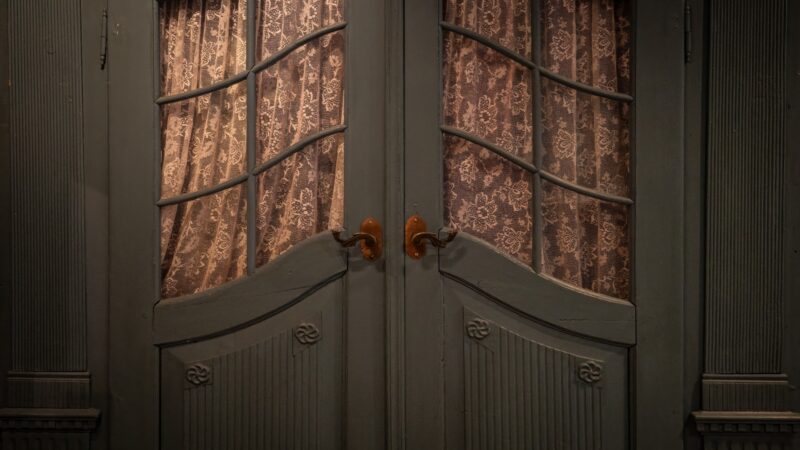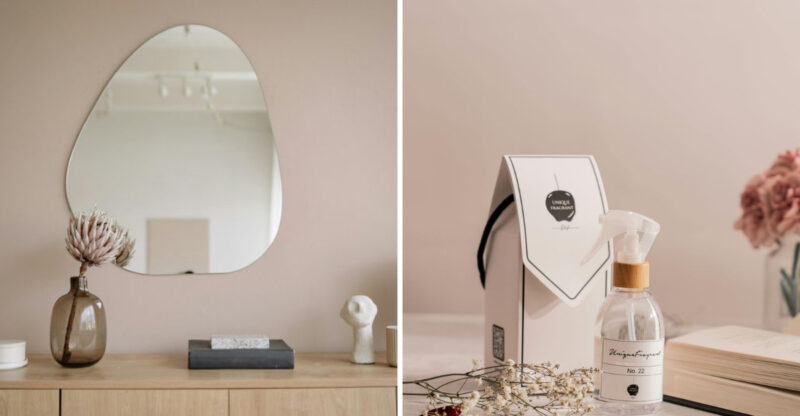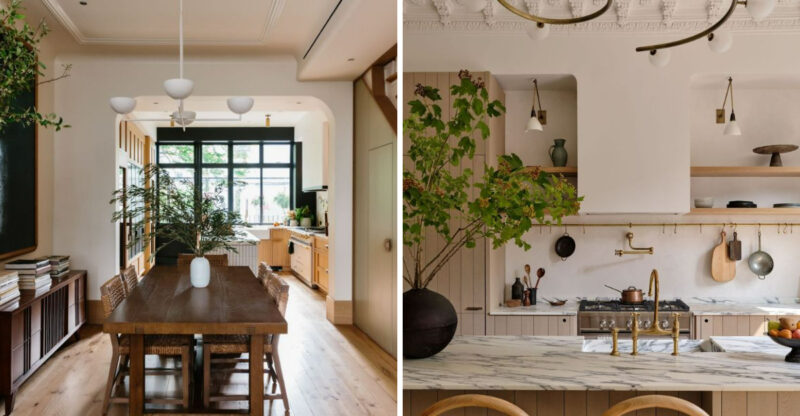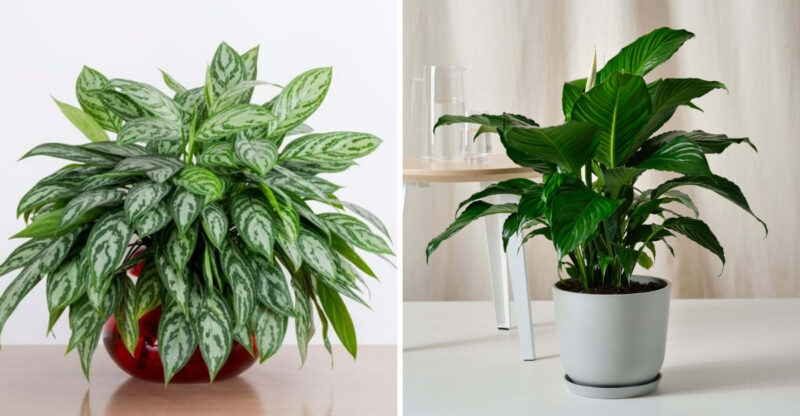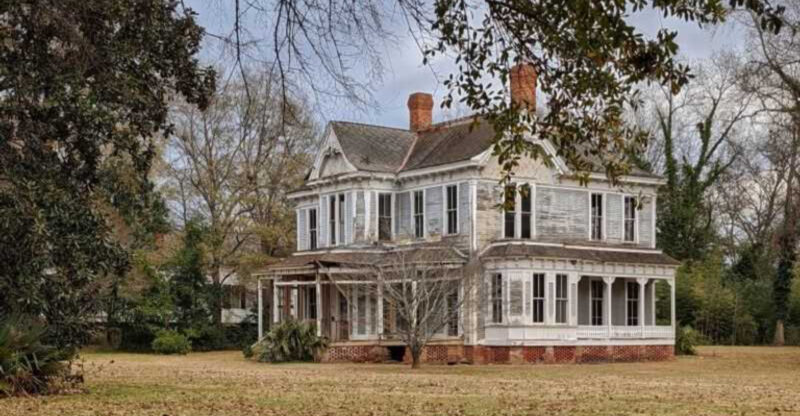14 New Mexico Home Styles That Will Be History By 2030, Experts Reveal What’s Falling Out Of Favor Fast
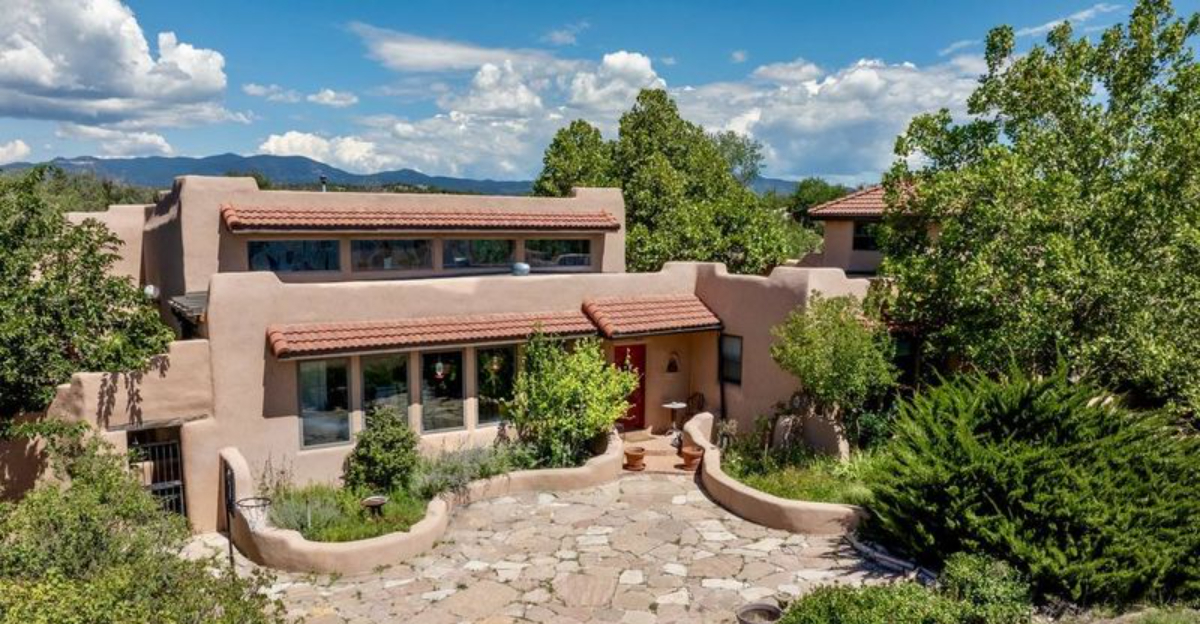
New Mexico’s distinctive architectural landscape is shifting faster than desert sand. Home styles that once defined the Land of Enchantment are losing their appeal as modern tastes evolve.
As a designer who’s watched trends come and go across the Southwest, I’m seeing certain iconic looks fade into the sunset. Here’s my insider take on which classic New Mexico home elements won’t survive the decade.
1. Traditional Adobe
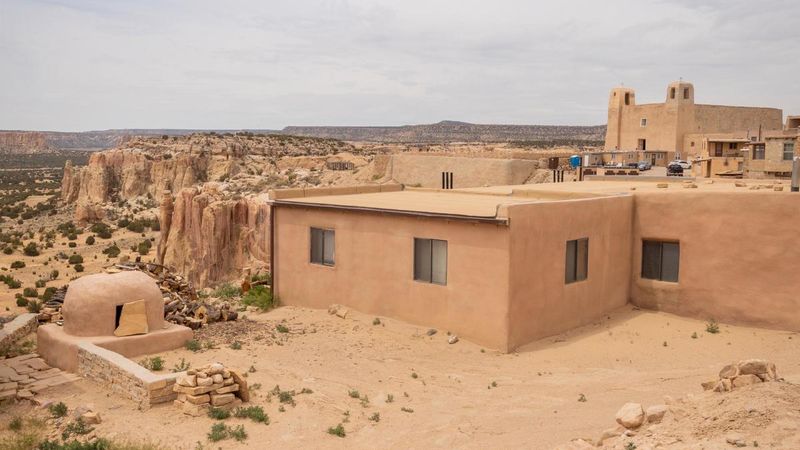
Remember when thick-walled adobe homes were everywhere? Those chunky mud-brick structures with rounded corners are becoming museum pieces rather than housing choices.
Modern homeowners crave energy efficiency without the maintenance headaches. Though adobe’s natural insulation remains impressive, younger buyers simply won’t tolerate the constant upkeep or the limitations on contemporary floor plans.
The authentic adobe technique is also vanishing as skilled artisans retire without passing knowledge to the next generation.
2. Santa Fe Style
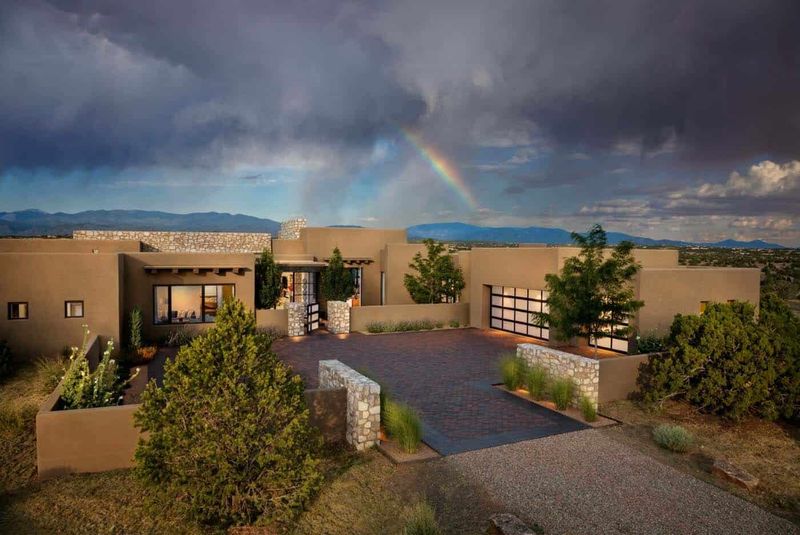
Santa Fe Style has practically been New Mexico’s architectural mascot! Those flat roofs, earthy stucco exteriors, and blue window frames once screamed ‘authentic Southwest.’
However, the rigidity of this style limits personalization. Homeowners now reject the cookie-cutter vibe these properties project across neighborhoods.
Tourists still photograph these iconic structures. However, locals increasingly view them as outdated tourist traps rather than desirable homes where real people want to live.
3. Heavy Spanish Colonial
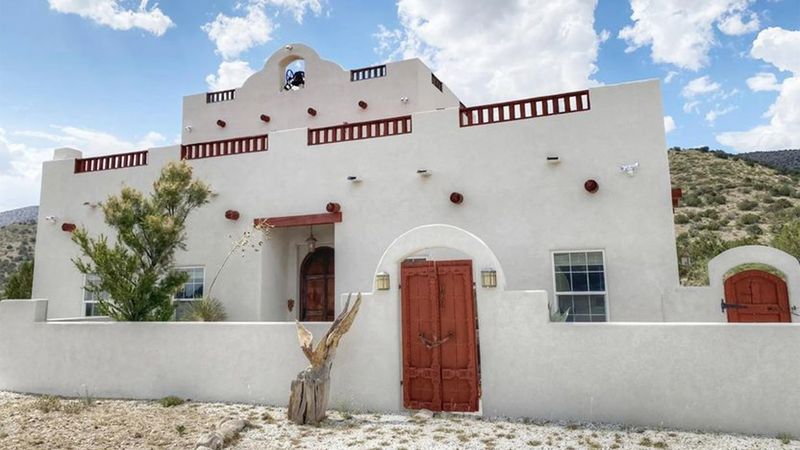
Spanish Colonial homes with their imposing facades once symbolized status across New Mexico. Those heavy wooden doors, wrought iron details, and formal courtyards certainly made a statement!
Now they’re seen as pretentious relics. The fortress-like exteriors feel unwelcoming and the formal interior layouts clash with casual modern living.
Younger homeowners particularly dislike the dark, compartmentalized rooms that prevent natural light from flowing through living spaces.
4. Old World Mediterranean
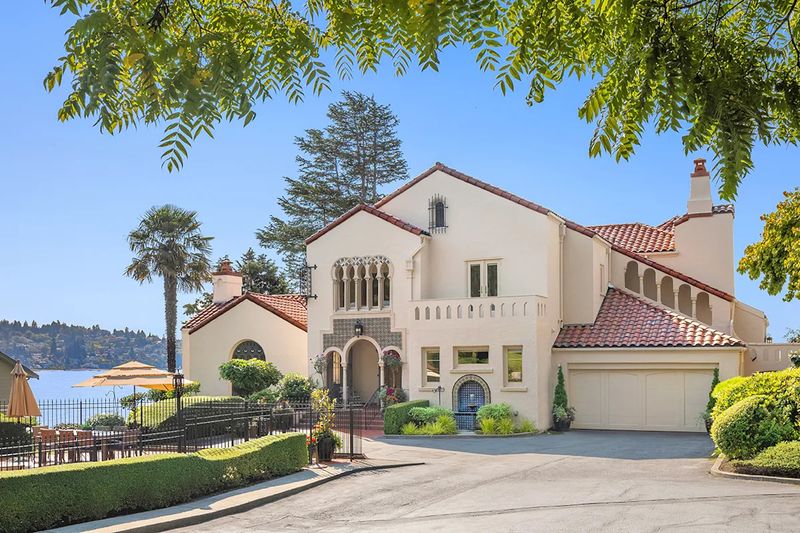
Is the Mediterranean charm in New Mexico starting to lose its roof over the desert?
Mediterranean homes with their red-tiled roofs and arched doorways once brought a taste of European flair to New Mexico’s landscape, borrowing heavily from Italian and Spanish coastal aesthetics.
But it seems this imported style never quite made a desert home. The disconnect between architecture and environment is becoming too dry for sustainability-minded buyers.
With ornate details and high-maintenance features, these homes are getting shelved. Designers now favor designs that better conserve water and embrace authentic regional identity.
5. Tuscan-Inspired Homes
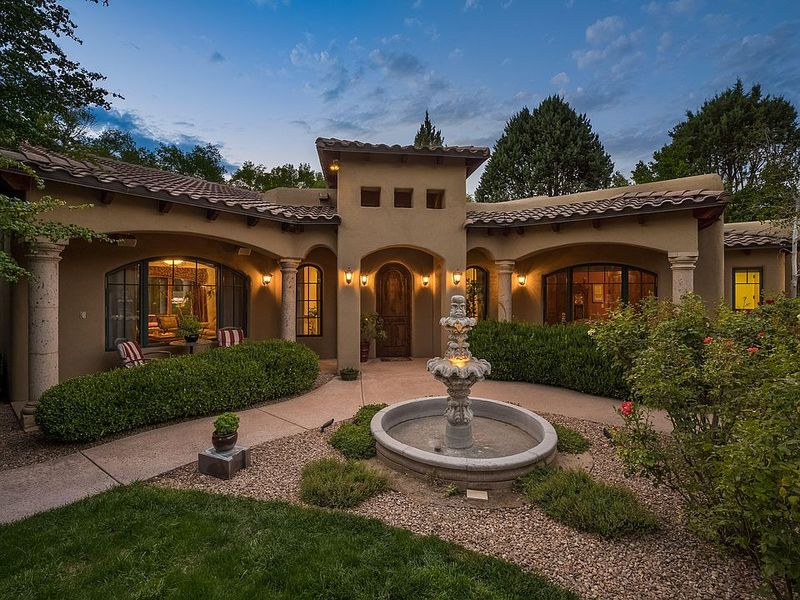
Tuscan-inspired homes exploded across New Mexico during the early 2000s. Those ochre walls, stone accents, and wrought-iron balustrades attempted to transport Italy to the American Southwest.
Unfortunately, this trend aged like milk in the sun. The forced European aesthetic creates a theme-park feel that sophisticated buyers now avoid like the plague.
Homeowners realized these designs make little sense in our climate and culture. They’re neither authentic to Italy nor New Mexico.
6. Faux Stone Exteriors
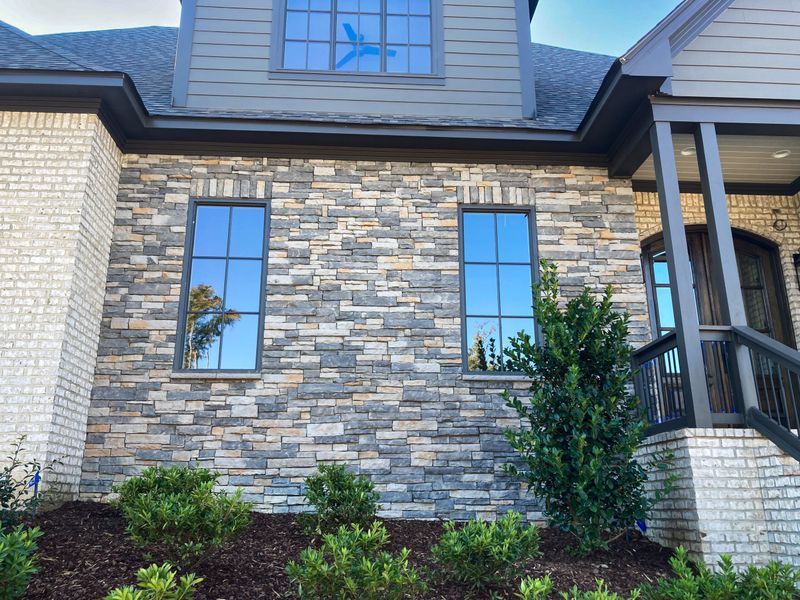
Faux stone veneers became the quick fix for adding “character” to New Mexican homes. Builders slapped these manufactured panels everywhere to simulate that rugged Southwestern look.
Sadly, these fake facades fool nobody. They weather poorly, revealing their synthetic nature within years.
Modern homebuyers can spot this architectural dishonesty from a mile away. They increasingly demand authentic materials that age gracefully rather than deteriorate into eyesores.
7. Excessive Terra Cotta
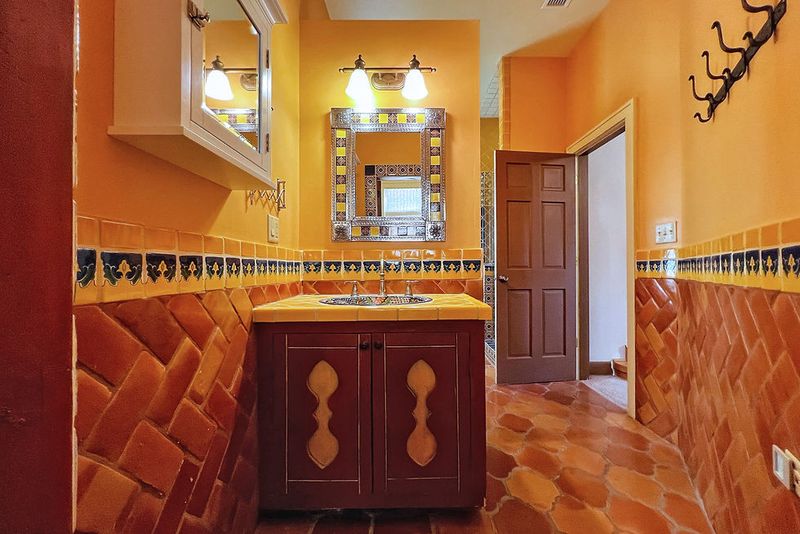
Terra cotta overload once defined New Mexico interiors. From floor tiles to countertops to decorative pots in every corner, we couldn’t get enough of that orange-brown clay!
The earthy material has its place, but moderation wasn’t our strong suit. Contemporary designers now use terra cotta as an accent rather than the star of the show.
Homes drowning in this material feel stuck in a 1990s time warp, especially when paired with the outdated “Santa Fe style” color schemes.
8. Overly Ornate Ironwork
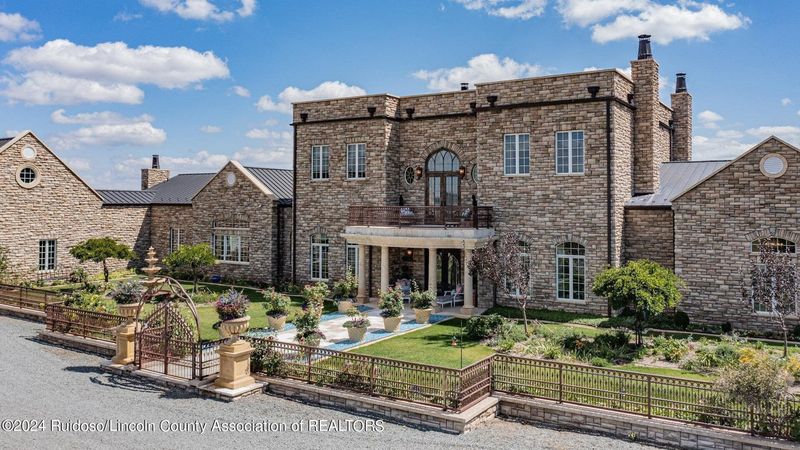
Is ornate ironwork starting to rust in peace?
Intricate metal details once forged a path to Southwestern luxury. Spiral staircase railings, elaborate gates, and twisted window grilles were the hallmark of aspiration in New Mexican homes.
But today’s homeowners are wrought-out. They prefer clean lines over fussy flourishes, and the upkeep on these rust-prone features has left many feeling twisted about their charm.
Beyond the practical issues, this heavy metal aesthetic weighs down modern design. That leans toward lightness, simplicity, and a steel-ier sense of style.
9. Desert Hues (Beige/Brown)
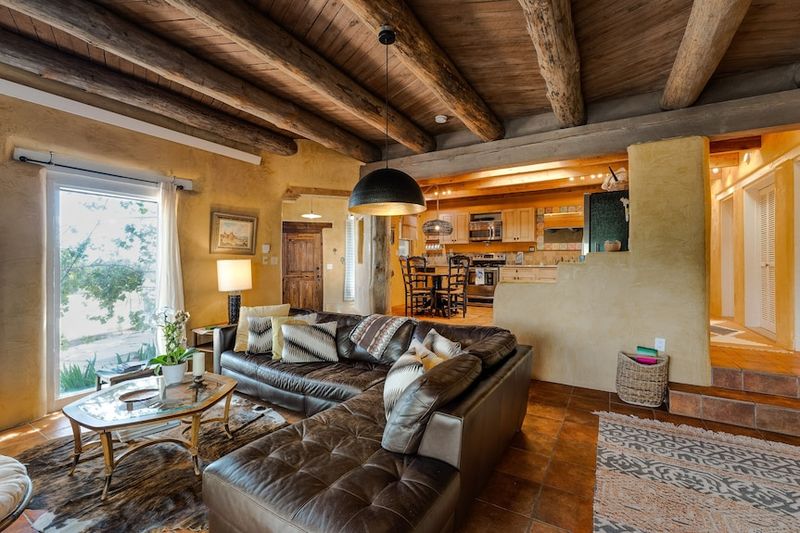
Beige and brown dominated New Mexico homes for decades. Walls, furniture, and accessories all blended into one sandy, monotonous palette that supposedly “reflected the landscape.”
This desert camouflage approach now feels depressingly dull. Modern Southwest design embraces vibrant contrasts and unexpected color pops against neutral backgrounds.
Even traditionalists now incorporate blues, greens, and purples. These hues represent better the full spectrum of our stunning desert sunsets and native wildflowers.
10. Southwestern Ranch
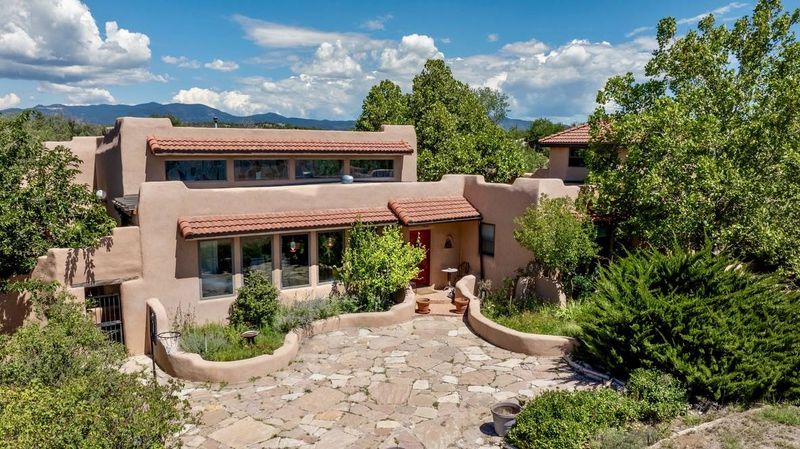
Sprawling Southwestern ranch homes once dominated New Mexico’s residential landscape. Their single-story layouts with pitched roofs and attached garages became the suburban standard.
Yet these space-hungry designs waste precious land. Today’s eco-conscious buyers prefer smaller footprints and vertical living.
The predictable floor plans feel claustrophobic to modern families who want flexible, multi-functional spaces rather than rigidly defined rooms connected by narrow hallways.
11. Heavy Dark Wood Interiors
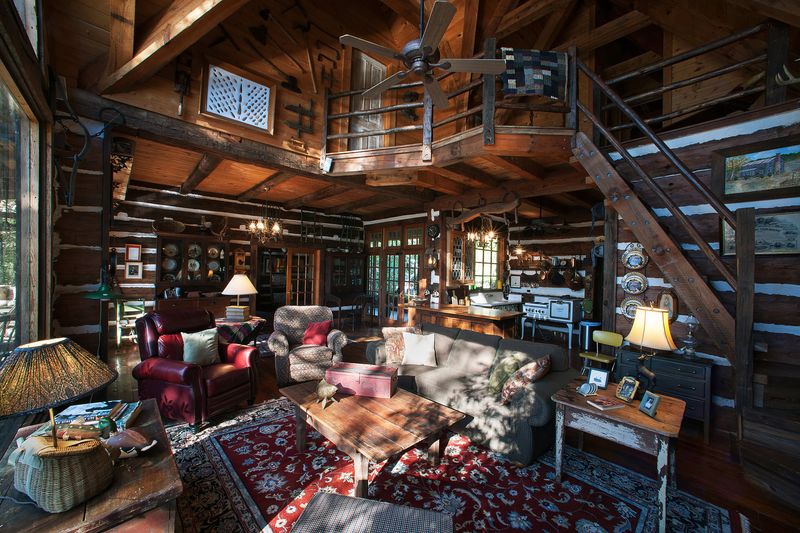
Is dark wood décor dragging New Mexican homes into the dark ages?
Once seen as the pinnacle of Southwestern elegance, dark wood overload featured imposing vigas, chunky furniture, and mahogany-toned everything. These elements turned many interiors into stylish caves.
But today’s homeowners are burnt out on the gloom. In working with clients across New Mexico, I’ve seen a clear shift. They’re craving light, airiness, and spaces that lift, not weigh down, their mood. The psychological toll of those somber interiors has proven too oppressive for modern tastes.
Natural wood isn’t out…but now, it’s about lighter finishes, thoughtful placement, and blending materials to avoid overwhelming the space.
12. Red Clay Roof Tiles
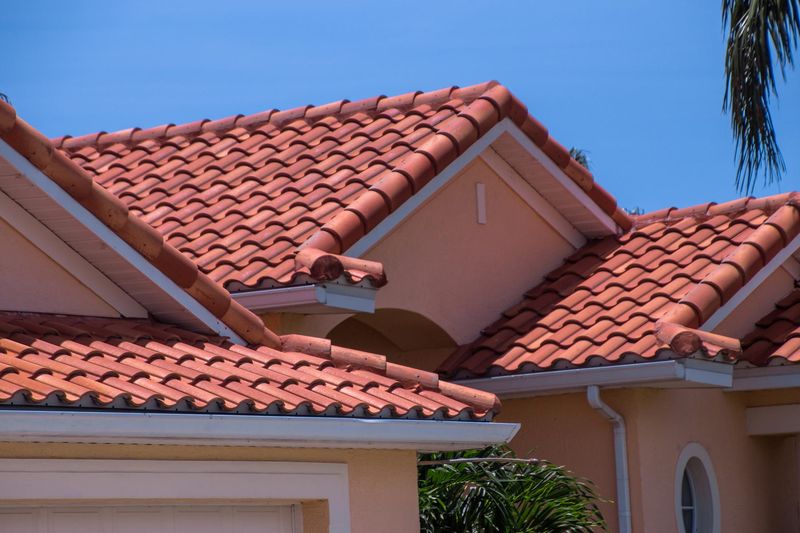
Red clay roof tiles practically screamed “Southwest” for generations. Their wavy terracotta profiles created that distinctive silhouette against our blue skies.
Sadly, these high-maintenance roofing materials have fallen from grace. They’re heavy, expensive, and prone to damage in our increasingly extreme weather patterns.
Modern metal and composite alternatives now mimic the aesthetic. They also offer superior durability, energy efficiency, and protection against our intense sun and seasonal monsoons.
13. Overdone Navajo Prints
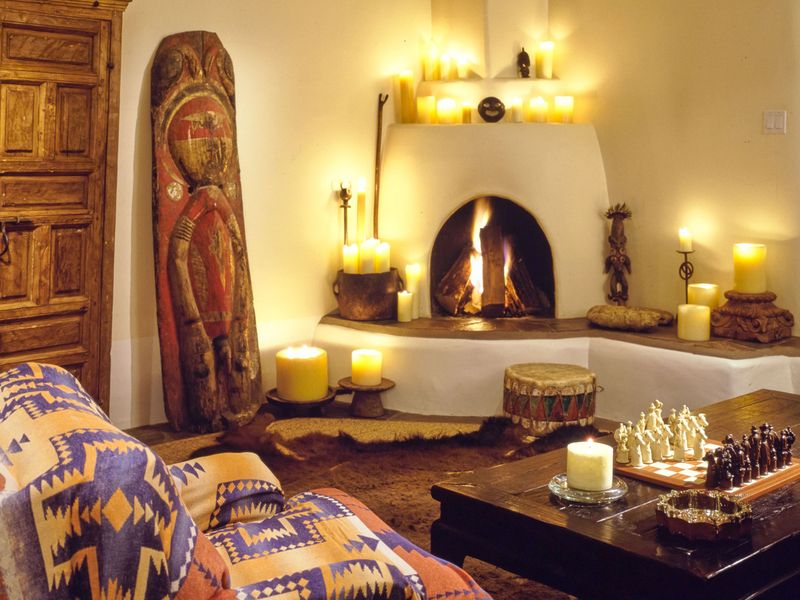
Navajo-inspired prints once covered every surface in New Mexican homes. From rugs to throw pillows to shower curtains, these geometric patterns became shorthand for “Southwest style.”
This cultural appropriation now feels tasteless and dated. Respectful designers understand these sacred patterns hold deep meaning beyond mere decoration.
Contemporary homes feature authentic, ethically sourced Native American art as thoughtful focal points. This marks a shift away from mass-produced pattern overload that trivializes Indigenous cultural heritage.
14. Log Cabins/Log Accents
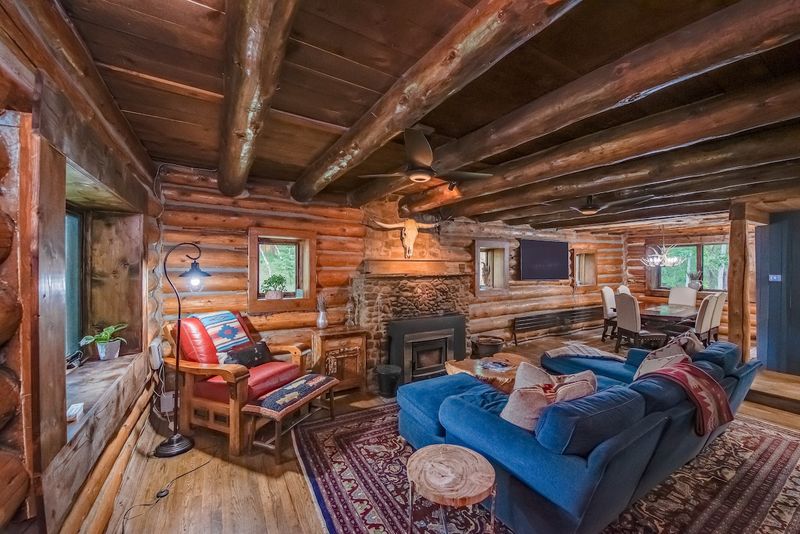
Has the log cabin look lost its frontier flair? Log cabins and rustic wood accents once defined mountain charm across northern New Mexico. Exposed logs, knotty pine paneling, and timber railings evoked a strong sense of frontier nostalgia.
Today, this heavy-handed style feels more like a dated theme park version of Western living. Environmental concerns about deforestation have also dampened enthusiasm for all-wood structures.
Contemporary mountain homes now incorporate sustainable wood elements more judiciously. These are paired with modern materials to create a balanced aesthetic that honors tradition without turning into a Lincoln Log cliché.


